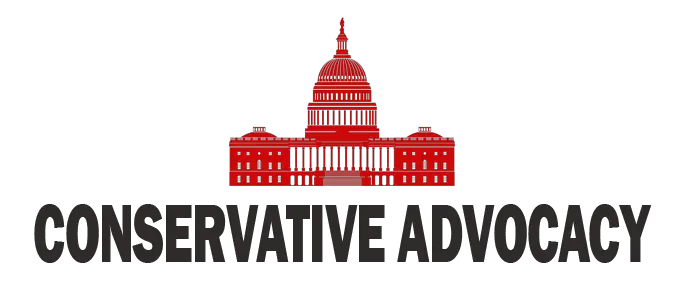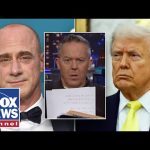Recently, America witnessed a peculiar display of political expression during the “No Kings” protests, which attracted thousands of people to the streets over the weekend. This event aimed to express opposition to President Trump, though many attendees seemed to struggle to articulate their exact message. The irony of protesting against perceived tyranny in a democracy was not lost on observers, especially when one considers the very act of gathering in such large numbers without the fear of a monarchy or a king looming overhead.
The protests were touted as overwhelmingly peaceful, a term used repeatedly by various media outlets. Joy and solidarity were spoken of as prominent feelings shared among participants. However, critics were left scratching their heads, wondering exactly what these demonstrators were protesting against. After all, if they’re out marching in the streets, it suggests that they live in a free society where voices can be heard. Many pointed out that the fact they were not met with violence, snipers, or mass arrests illustrated another point: they live in a democracy, not under the rule of a king.
Interestingly, the protests featured some rather bizarre moments. At one point, a teacher from Chicago gestured menacingly to a passing driver, prompting questions about the protest’s message. Meanwhile, some signs raised eyebrows with their content, including one that made light of violence and murder suspects, further muddling the rationale behind the “No Kings” theme. It seemed that the protests were a mix of serious social commentary and a showcase of theatricality rather than cohesive political messaging.
Participants also included notable political figures, who added a curious layer of complexity to the event. Amidst displays of camaraderie, there were voices calling for the overthrow of what they described as a fascist system. Some even called for violence against federal agents, raising alarms among those who prioritize law and order. Critics pointed out that while these demonstrations aimed to highlight freedoms, they also reflected a growing disconnect between protestors and the realities of governing a diverse and populous country.
To top it off, humor was not entirely absent from the protests, as participants danced and celebrated in a festive atmosphere. This raised further questions about the seriousness of the protest’s intended message. Did they truly want to dismantle the political structure, or were they simply reveling in the act of protesting for protest’s sake? There was a strange juxtaposition of lightheartedness and anger, leaving many to wonder if this was a true reflection of political dissent or simply a theatrical display.
In summary, the “No Kings” protest demonstrated a clash between the ideals of free speech and the unfortunate tendency for protests to devolve into chaos without a clear purpose. While the scenes of joy and solidarity were heartwarming, they were undercut by moments of confusion and extremism. In a country built on the foundations of democracy, the real challenge remains in finding productive ways to channel dissent without straying into irrational territory. The ongoing political discourse will no doubt continue to evolve, particularly as the 2024 election approaches.




